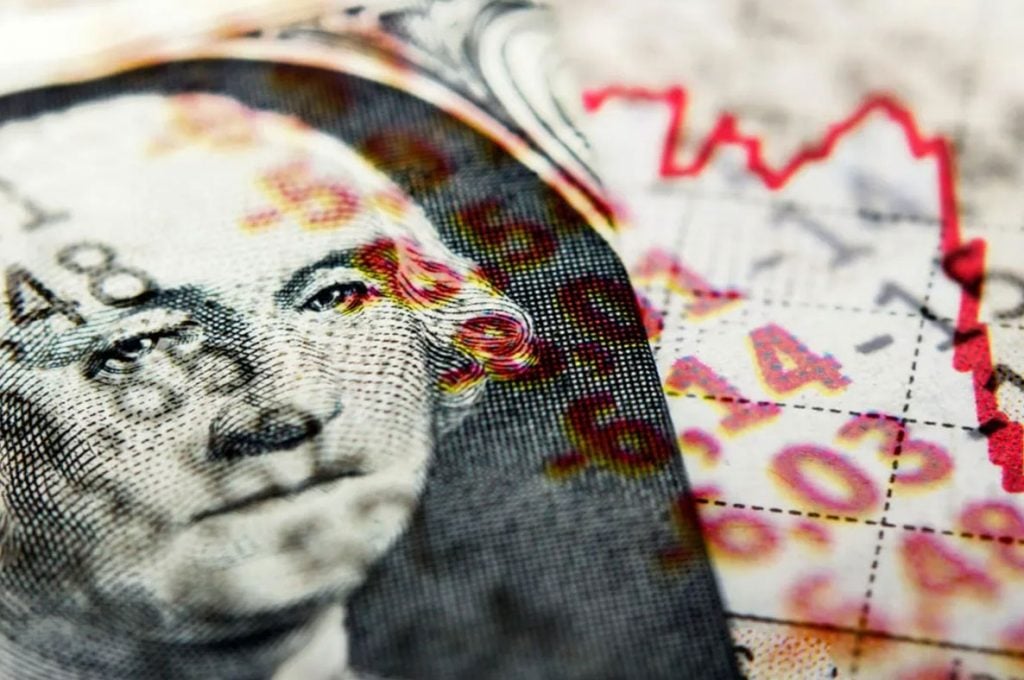After more than five decades in the financial markets, we have learned to recognize when conditions are shifting beneath the surface. There are three classic indicators that have preceded nearly every major market decline over the past 30 years. Right now, they are flashing red.
First, credit spreads are widening—fast. Earlier this year, spreads were as tight as they were in 2007—just before the financial crisis. Now they’re climbing. When credit spreads widen, it’s a signal that risk is being repriced, that small- and mid-sized companies are struggling to access financing, and that stress is creeping into the system. I find this to be one of the purest warning signs you’ll find.
Second, the yield curve is inverted and now beginning to steepen. Just about every time this has happened since the 1950s, a recession has followed. This steepening phase is not theoretical—it’s a historical fact, based upon studies done by Ned Davis Research, where danger accelerates.
Third, market breadth and volume measures are deteriorating. When the majority of stocks in the S&P 500 industry groups are entering downtrends, and up volume is greater than down volume. Historically, these events in tandem have preceded lower market weakening.
These three signals together are rare—and when they align, they often precede deep market trouble. Aggressively moving to cash may raise eyebrows, but this is what we’ve seen risk prudent portfolio management looks like.
As Warren Buffet put it in an interview with CNBC on April 20, 2018:
“Rule number one is ‘Never Lose Money.’ Rule number two is don’t forget rule number one.”
If these three indicators were to turn decisively negative, we would take our portfolios to a maximum defensive position. That is when we would also consider opportunistic short positions.
However, the current market environment is too chaotic, too fast-moving, and too structurally unstable to short safely at present. Volatility is simply too high. With Government economic policies shifting from day to day—often dramatically—this is a rare moment when even bearish investors must tread lightly.
Some investors who are fully invested assume they’ll have time to adjust. In today’s market, they won’t based on what we’ve seen with the behavior and tendencies of such investors.
We saw this play out in early 2020. Broadmark came into the year 75% net long in its Tactical Growth strategy model. By February 28th, the model was fully in cash. We didn’t need to predict a global pandemic. We only needed to recognize what our models were telling us: conditions had changed. The market subsequently fell 34%.
Here’s what we see is different today: volatility is no longer rational or linear. It’s driven by an Administration that is doing things very differently than its predecessors. In addition, trade tariffs, a global reallocation of assets and currencies, liquidity gaps and a tightly coiled system indicate that based on this pattern of behavior seen in the market, investors are using the same playbook. This has resulted in sharp, sudden drops—and equally violent bounces and short squeezes.
That is why, paradoxically, in the early stages of this significant change in the market, it can become too dangerous to short. For us iIt’s not about being right—it’s about managing risk and staying solvent.
But even more importantly, once the four pillars of our process turn positive, that is the time that we have historically made the most money—on the long side.
That’s why we think the best approach is not about being “bearish”—it’s about being flexible, fast, and focused on not losing money. Most managers in our same position have responded they are long-only, or at best, restricted to slow-moving asset allocation shifts. We believe when markets fall, even “defensive” stocks can go down significantly— there’s nowhere to hide without the ability to raise significant cash and act decisively.
As a reminder: in 2008, a full decade of gains was erased. Between 2000 and 2002, the Nasdaq dropped 80%. Similar stories unfolded in previous periods of declining stock prices. These weren’t normal pullbacks—they were wealth-destroying events that took years to recover from.
We believe the risk of a similar event is higher today than at any point in the last 15 years. That’s not a prediction—it’s an assessment of risk based upon Broadmark’s four-pillar investment process. And in our view, a prudent investor in 2025 must be focused on preservation as well as alternative ways of diversifying portfolios and building wealth, not on prediction.
It seems that if one can skillfully avoid losing more than 10% during a downturn, capturing roughly 40% of the subsequent upside over time might suffice to achieve favorable results.
This isn’t the Titanic—not yet. But the waters are treacherous. Many investors in our same position are still on deck, sipping champagne, thinking the Fed, the President, or the next election will save them. We are strapping on our life jackets just in case.

